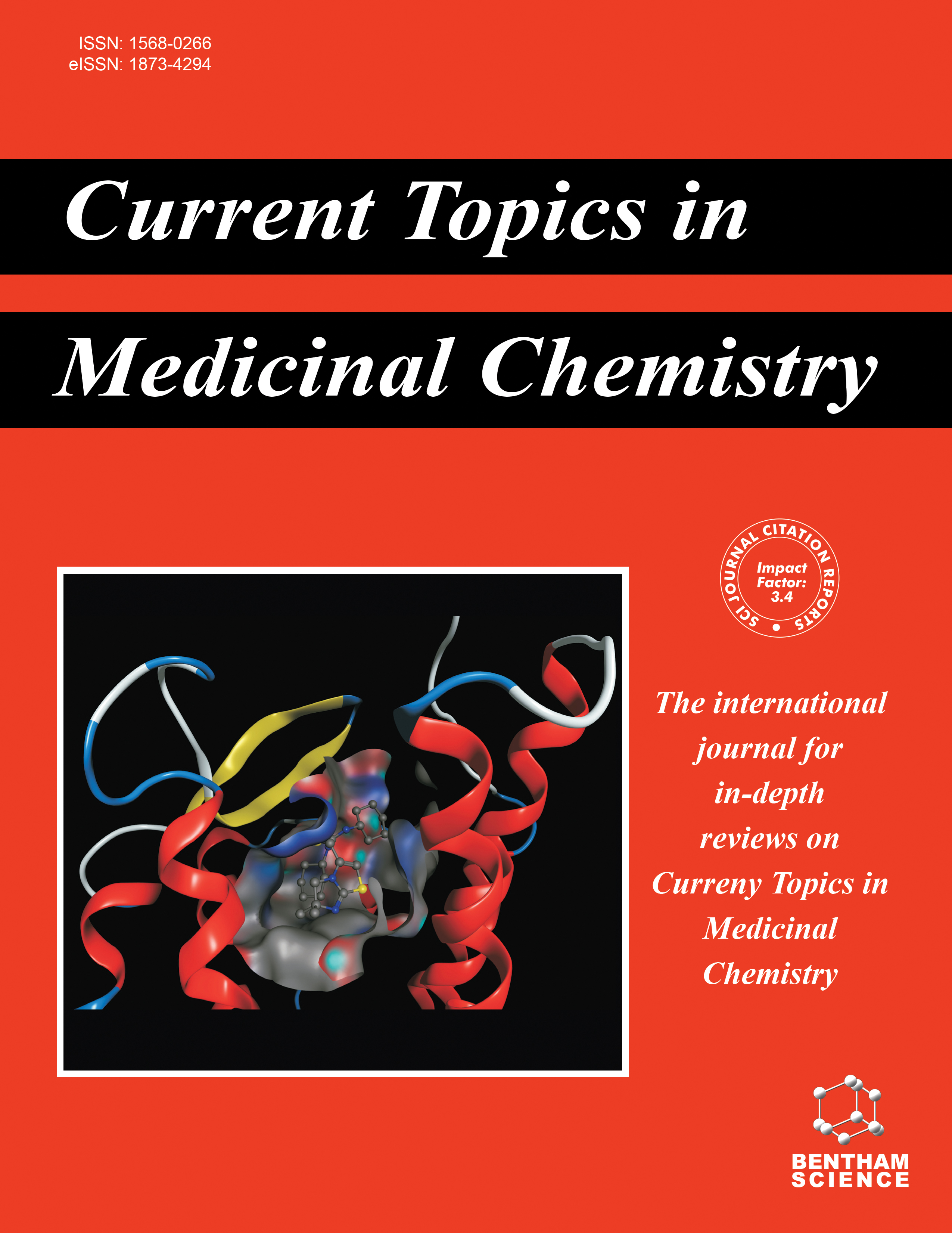- Home
- A-Z Publications
- Current Topics in Medicinal Chemistry
- Previous Issues
- Volume 24, Issue 22, 2024
Current Topics in Medicinal Chemistry - Volume 24, Issue 22, 2024
Volume 24, Issue 22, 2024
-
-
The Phyllanthus emblica Fruits: A Review on Phytochemistry Traditional Uses, Bioactive Composition and Pharmacological Activities
More LessAuthors: Shilpi Pathak, Abhishek Pratap, Richa Sharma and Manas Kumar JhaPhyllanthus emblica, popularly mentioned as amla or Indian gooseberry, has attracted a lot of interest lately because of its varied phytochemical makeup and related pharmacological properties. The phytochemistry, historical applications, bioactive makeup, and pharmacological properties of Phyllanthus emblica fruits are all summarised in this paper. This review emphasises the rich phytochemical profile of Phyllanthus emblic Read More
-
-
-
Recent Advances in the Synthesis of Antioxidant Derivatives: Pharmacological Insights for Neurological Disorders
More LessNeurological disorders, characterized by oxidative stress (OS) and inflammation, have become a major global health concern. Redox reactions play a vital role in regulating the balance of the neuronal microenvironment. Specifically, the imbalance leads to a significant weakening of the organism's natural defensive mechanisms. This, in turn, causes the development of harmful oxidative stress, which plays a crucial role i Read More
-
-
-
The Search for Drugs Derived from Natural Products for Toxoplasma gondii Infection Treatment in the Last 20 Years - A Systematic Review
More LessIntroduction Toxoplasmosis is a worldwide distributed zoonosis caused by Toxoplasma gondii (T. gondii), an obligate intracellular protozoan. The infection in immunocompetent hosts usually progresses with mild or no symptoms. However, in immunocompromised individuals, this disease can cause severe or fatal symptoms. Methods Sulfadiazine and pyrimethamine are two drugs used as standard therapies for human toxopla Read More
-
-
-
oa Formulation of Garlic Essential Oil-assisted Silver Nanoparticles and Mechanistic Evaluation of their Antimicrobial Activity against a Spectrum of Pathogenic Microorganisms
More LessBackground The synthesis of nanoparticles using the principle of green chemistry has achieved huge potential in nanomedicine. Here, we report the synthesis of silver nanoparticles (AgNPs) employing garlic essential oil (GEO) due to wide applications of GEO in the biomedical and pharmaceutical industry. Objective This study aimed to synthesise garlic essential oil-assisted silver nanoparticles and present their anti Read More
-
Volumes & issues
-
Volume 25 (2025)
-
Volume 24 (2024)
-
Volume 23 (2023)
-
Volume 22 (2022)
-
Volume 21 (2021)
-
Volume 20 (2020)
-
Volume 19 (2019)
-
Volume 18 (2018)
-
Volume 17 (2017)
-
Volume 16 (2016)
-
Volume 15 (2015)
-
Volume 14 (2014)
-
Volume 13 (2013)
-
Volume 12 (2012)
-
Volume 11 (2011)
-
Volume 10 (2010)
-
Volume 9 (2009)
-
Volume 8 (2008)
-
Volume 7 (2007)
-
Volume 6 (2006)
-
Volume 5 (2005)
-
Volume 4 (2004)
-
Volume 3 (2003)
-
Volume 2 (2002)
-
Volume 1 (2001)
Most Read This Month
Article
content/journals/ctmc
Journal
10
5
false
en


